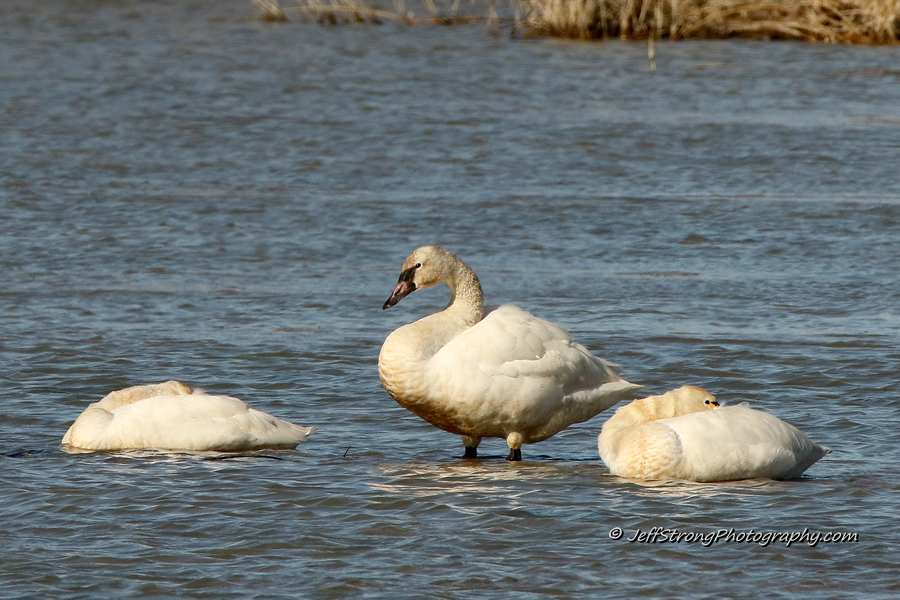Yesterday was a day of record in Utah, and not necessarily in a good way, either. Salt Lake City tied the all-time high temperature ever recorded at a staggering 107 degrees.
To put that number into perspective, our normal high temperature for this time of year hovers around the low to mid 80’s.
Yes, it was a scorcher here in Utah no matter where you were or how you slice it.
Looking at the calendar, it is still technically spring for another week, and, believe it or not, we are already hitting triple-digit temperatures.
Coupled with this gripping heat is the ongoing drought, making it a 1-2 punch for a miserable summer all the way around.
Water here in Utah is in very short supply statewide, not only for lawns, farms, and gardens but for nature as well.

The Bear River Migratory Bird Refuge is one of those natural areas being hit hard by the relentless drought this year.
Covering over 77,000 acres of upland and wetland habitats, the Bear River Migratory Bird Refuge is a popular place for bird watchers, such as myself, to get away from the hustle and bustle of modern society for a bit and enjoy a slice of nature.
But truth be told, the drought and severe heat are taking their toll on the refuge this year.

Starting at the north slope of the Uintah’s, melting high-mountain snow forms the beginning of the Bear River, and it works its way through several states, including Wyoming, Idaho, and Utah.
A variety of uses pull water from the river along the way, including agriculture, irrigation, industrial, and municipal purposes.
And what remains in the river after water-share allotments are taken out of the river upstream oftentimes can only cover a few of the 10 large units on the refuge during summer, the hottest, driest time of the year.
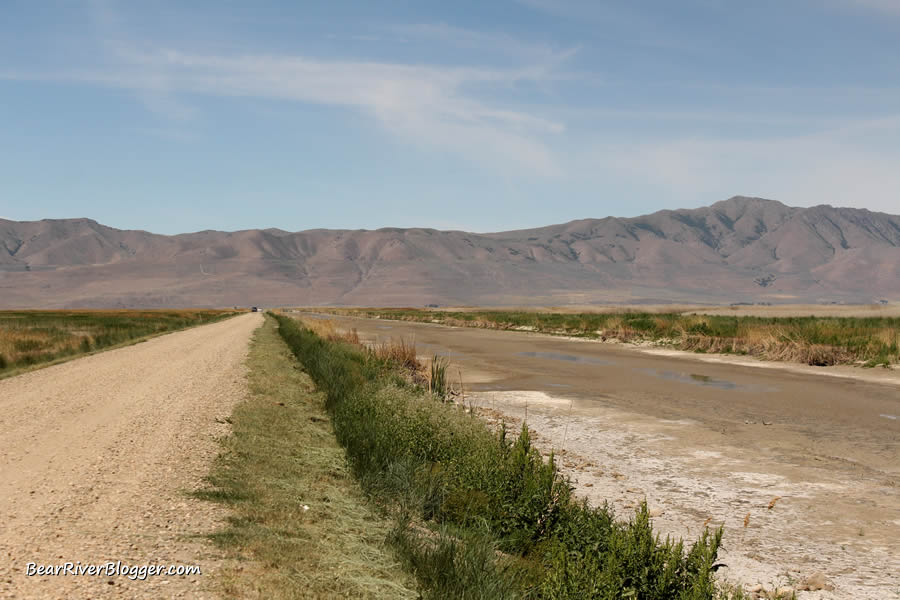
When we have a light winter with less than normal snowpack, as we have had the past couple of years, the river runs lower than normal, offering less water for everybody along the way.
Unfortunately, this includes the Bear River Bird Refuge, which sits at the very end of the river as it flows into the Great Salt Lake, only receiving whatever water is left in the river from upstream demands.
I was just out on the bird refuge today, and to my dismay, much of the wetlands are now dry. Many of the best birding areas along the auto tour route are nothing but scorched earth and dry vegetation.
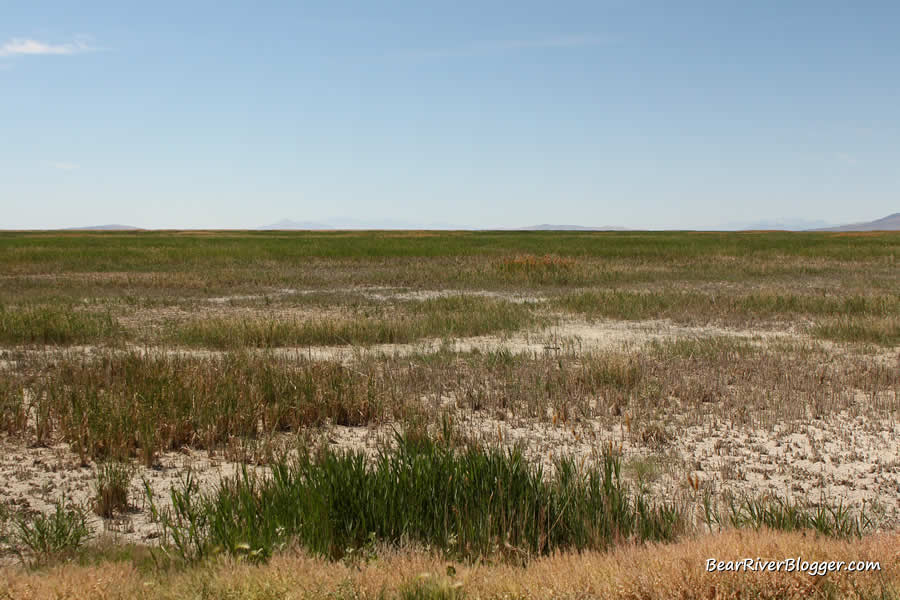
(This small creek is up Logan Canyon, but it eventually works its way down to Cache Valley where it joins the Bear River and flows to the Bear River Migratory Bird Refuge.)
Don’t get me wrong though, there are still birds to be seen and some water on the south end of the loop, but overall the refuge is taking a big hit with this ongoing drought.
For those wanting to visit the Bear River Migratory Bird Refuge, even in its worst state, it is still possible to have a good birding trip despite the record heat and extremely low water levels.
There is some good news, however, for birders that love the refuge and the water birds that visit the wetlands during summer and fall.

From a recent conversation with refuge staff, the south portion of the auto tour route has priority for some of the remaining water this summer, so there should be water on that part of the auto loop all summer long.
And most of the birds I have been seeing are indeed on the south and southeast portions of the auto tour route, where the refuge still has water and much life and vitality as a result.
Today, in fact, despite having to drive through a lot of sun-scorched earth on the auto tour route, I was still able to view a lot of birds, including great blue herons, snowy egrets, American avocets, black-necked stilts, American white pelicans, Canada geese, western grebes, Clark’s grebes, turkey vultures, western kingbird, eastern kingbird, barn swallow, yellow-headed blackbirds, cormorants, red-winged blackbirds, ducks, gulls, terns, white-faced ibis, marsh wren, song sparrow, and a couple great egrets along the way.
The harsh reality is the relentless drought is, unfortunately, adversely impacting bird watching on the Bear River Migratory Bird Refuge, but it hasn’t eliminated it. Not by a long shot, at least in my opinion, that is.
There are still birds to be seen, just in fewer and less frequent places as in normal years. The bugs are out, so be prepared to swat a few horseflies if you like to stop and take it all in for a bit.
The Bear River Bird Refuge is still one of my all-time favorite places to visit any time of year, even during the dog days of summer, which is now at our doorstep.
In addition to the refuge auto tour route, there are other birding opportunities in Box Elder County I find quite enjoyable this time of year.
The most notable of these is searching for burrowing and short-eared owls on Promontory Mountain near the Golden Spike National Historical Park.
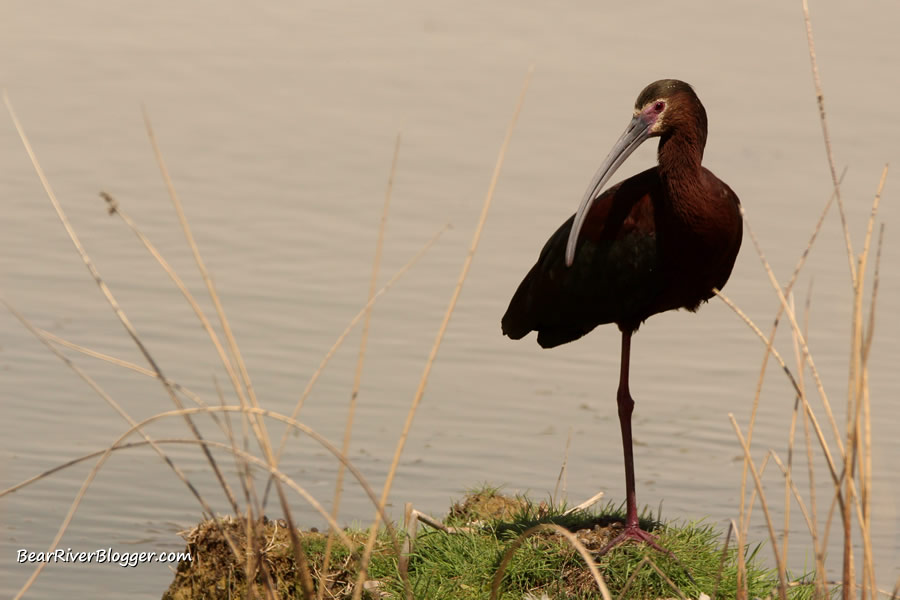
Mantua Reservoir, a small lake just minutes away from the refuge, also has a nice nature trail that traverses around the lake, where I find lots of summertime songbirds in the trees along the way.
I wish I had better news about the Bear River Migratory Bird Refuge. But the truth of the matter is, the drought and severe heat are making things a little tough for birding on the refuge when compared to normal years, that is.
Years ago, when water wasn’t in such short supply, as it is this year, I would find birds at every turn on the auto tour route. Now I am only seeing birds on the southern portion of the drive.
But I am hopeful and confident those days will return once again when this drought breaks and our winters return to normal.
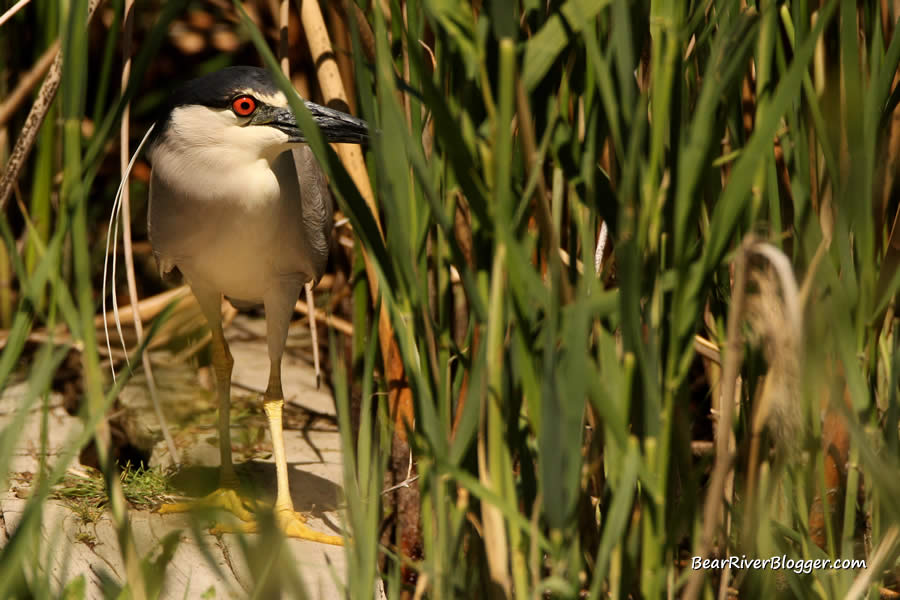
I’m still going to make regular trips to the refuge each week or so because, well, I love nature, and drought and heat are just part of the natural world we live in. We need to endure the bad times to really appreciate the plentiful times.
I appreciate your readership and offer you to subscribe to my blog if you haven’t already. Also, feel free to share my blog with others you may know that love nature, including the Bear River Migratory Bird Refuge, as much as I do.







